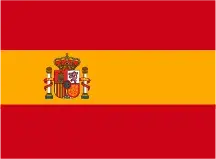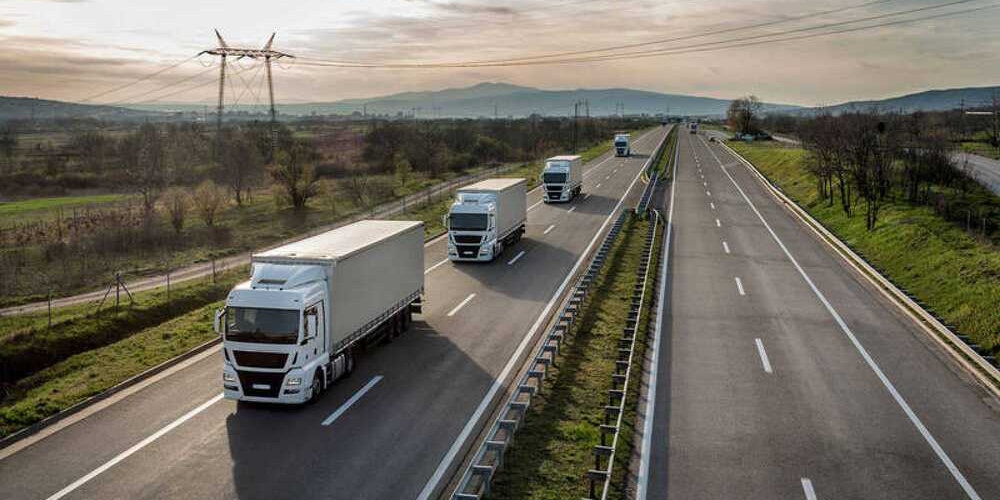The closure of the MOVES MITMA program in April 2024 has left heavy transport without direct aid, forcing the sector to seek alternatives to recoup investments in electrification.
Faced with this scenario, the Ministry for Ecological Transition and the Demographic Challenge (MITECO) proposes the Energy Saving Certificate (CAE) system as a tool.
“In 2024, two terawatt hours of annual savings were certified and monetized, 20% of which came from actions in the transportation sector,” explains Mar Blázquez, deputy assistant director of Energy Efficiency and Access at MITECO.
However, this volume is still insufficient to cover market demand.
“There is still a need to generate more savings, since there are more companies interested in buying them than those offering them,” he notes.

And not only that.
She also states that there was a shortage of tokens in the transportation sector last year, a situation that continues to be limited today.
In this context, she emphasizes: “I call on the sector to help us develop more tokens.”
As he explains, these offer the advantage of detailing the methodology for calculating savings and the documentation required for their presentation.
“Although it requires considerable effort to develop, once completed, it makes it easier for all of you to monetize your savings,” she asserts.
The mechanism allows a company that invests in energy efficiency—such as incorporating electric trucks or adopting telemetry technologies—to certify the savings achieved and sell them on the market.
This allows you to generate additional income, which in turn reduces the payback period for your investment.
The system, approved until 2030, has established itself as a “streamlined and efficient tool,” with processing times of around a month for actions with a form and slightly longer for circulars.
Road transport in Spain is more important than in other countries.
For this reason, the MITECO representative emphasizes: “This makes it the sector with the greatest responsibility for decarbonization and also the one that should take the most advantage of the CAE system.”
During the “SUMMIT 2025: Promoting Sustainable Mobility from Companies,” organized by Companies for Sustainable Mobility, the MITECO representative details that renting is also included in this scheme.
However, he clarifies that ownership of the savings belongs to the person who owns the asset, in this case, the ride-sharing company.
“The proposal is that this income also benefits the end user,” he says.
For example, BlaBlaCar has generated 200 gigawatt hours of energy savings, equivalent to more than 20 million euros monetized.
According to data from MITECO, in 2024, more than 1,200 energy efficiency improvement initiatives were registered in the CAE system, grouped into 755 applications, of which 88% have already been certified.
These have generated savings of 200 million for those who have opted for energy efficiency measures, along with another 230 million through the marketing of CAE (electrical and mechanical energy systems).
For Blázquez, this system facilitates access to financing without resorting to subsidies.
“The certificate is not a state aid. This allows for greater agility in the process,” she explains.
This system also contemplates the participation of the public sector.
Municipalities and local authorities that implement solutions, such as fleet renewal or shared mobility systems, can sell the savings generated, turning their projects into an additional source of funding.
The validity of the energy savings is regulated over time: once the investment is made, the CAEs are valid for three years.
“Savings from January 2023 can be liquidated by December 2026,” the official points out.
The National Integrated Energy and Climate Plan (PNIEC) establishes that transportation is the second key dimension in energy efficiency.
Therefore, MITECO is working on new guidelines that address actions such as intermodal logistics, the use of rail for freight, and the implementation of more efficient technologies in other modes of transportation.








